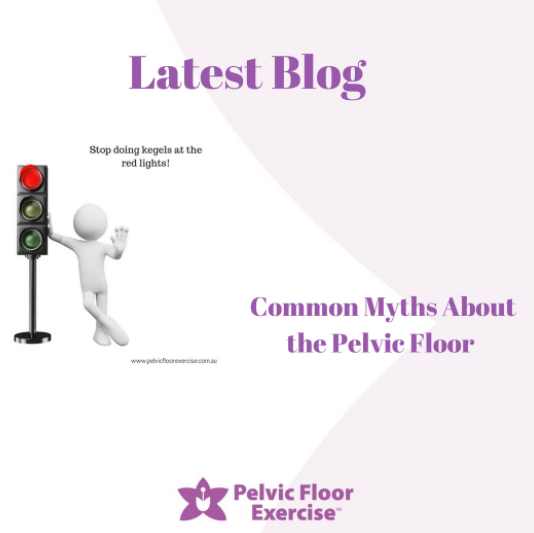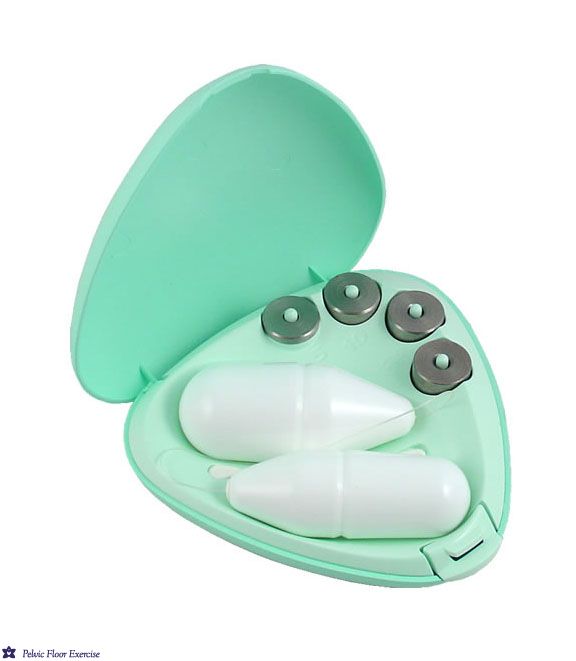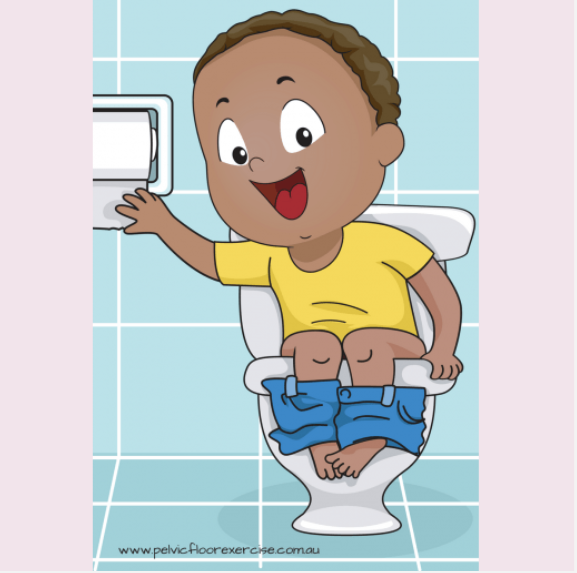core
-
11 JulRead more »
Last time we talked about the importance of the pelvic floor muscles and their role in supporting the pelvic organs and helping to prevent or reduce pelvic organ prolapse.
This can’t happen without a little help from the pelvic floor’s friends – the other core muscles. “The core” is often quite misunderstood. Physiotherapists often see people who are very sure they are doing the correct action.
I can do 100 crunches!! how can I be doing it wrong?’
-
11 Jul
-
11 JulRead more »
There is a lot of research evidence describing the co-contraction of your CORE MUSCLES pelvic floor (PF) and transversus abdominus (TrA) in unison with your diaphragm (D) and Multifidii (MF). If you think of an apple – the CORE is in the middle,the deepest part – your CORE muscles are your deepest layer of muscles and are designed to gently work in the background.
Your brain is effectively pre-programmed for this to happen automatically, without you having to think about it. A split second before your ‘moving’ muscles twitch and contract,your brain sends a message to the CORE to tighten – like doing up the stays on a corset, thus stabilising and supporting your spine, pelvis and pelvic organs whilst your ‘moving’ muscles do their job of moving you. When everything is working in harmony, the system works well. -
9 JulRead more »
The weak bladder fallacy is interesting and one I suspect finds its roots in our vernacular language – just as the term “slipped disc” is common lay terminology although anatomically incorrect. The “weak bladder” has similar familiarity: we know what Sally means when she says “Oh I have such a weak bladder” but it is anatomically and physiologically incorrect....








